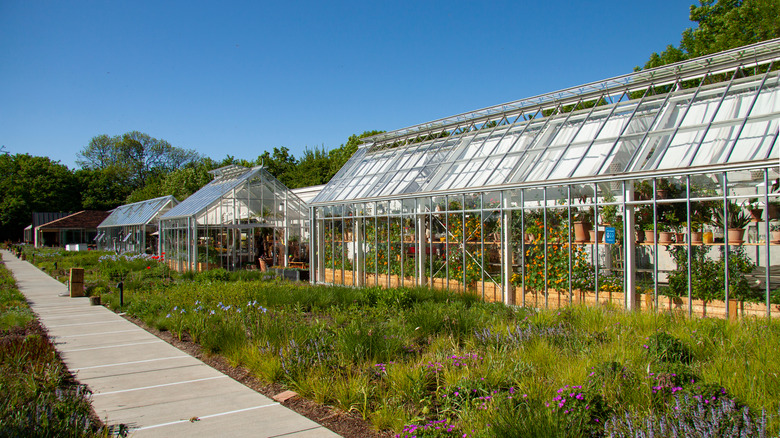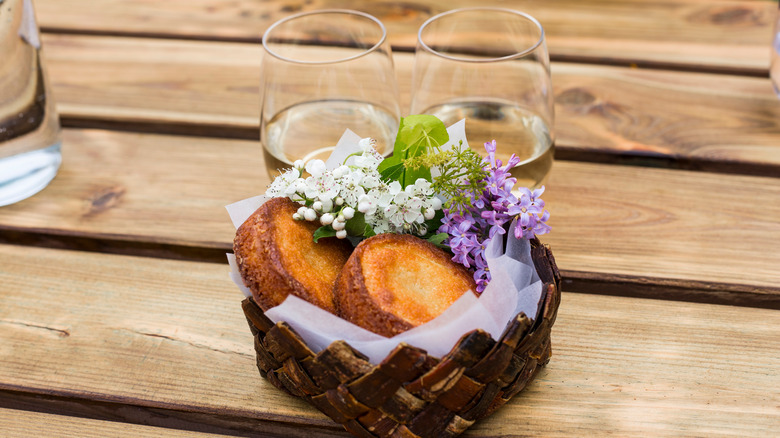The Real Reason Noma's Menu Changes 3 Times Every Year
For many, dining at the number one restaurant in the world is a once-in-a-lifetime experience. Noma in Copenhagen, Denmark, is famously known for holding its place as the number one dining experience by The World's 50 Best for 2021 — and its reputation is well worth all the praise, as each dish is meticulously sourced, prepared, and served. Between maneuvering to get a reservation and the hefty price tag, dining at Noma is not typically a dining experience many have more than once — if you're that lucky!
Even though Noma's award-winning menu can rest on its laurels, it continues to innovate, change, and update — truly living up to its number one ranking. Chef and co-owner René Redzepi updates Noma's menu three times a year. While other restaurants may change their menus to follow forecasted food trends and competitor ratings, Noma sticks to its roots and highlights something they know their competitors can't — Denmark's hidden culinary treasures.
Chef René Redzepi highlights unique and seasonal ingredients
An overarching theme in each of Chef Redzepi's three menus is showcasing unusual seasonal ingredients, according to 50 Best. Intentionally highlighting only seasonal ingredients in his menus, Chef Redzepi updates the offerings to include fresh ingredients from the surrounding landscape (via the New York Times).
In the winter and early spring, Noma's menu focuses on the ocean. Guests can expect wild and usual ingredients directly from the ocean that differ from your traditional branzino. Noma serves dishes like sea snail broth and dried sea cucumber ovaries, according to The Guardian.
In the late spring and summer, Noma's menu revolves around the garden. While the menu is not solely vegetables or plant-based, some of the proteins offered are critters you may find living on your greenery, according to the New York Times. In an interview, Chef Redzepi said you'll find ants and snails from the garden featured on the menu.
For the autumn menu, each dish caters to locally foraged ingredients found in the fall. Some of these items, according to the New York Times, include wild mushrooms, nuts, game birds, deer, mice, and even bear.
If these menus feel outside of your comfort zone and don't offer anything you would traditionally eat — just remember Noma is number one for a reason.

